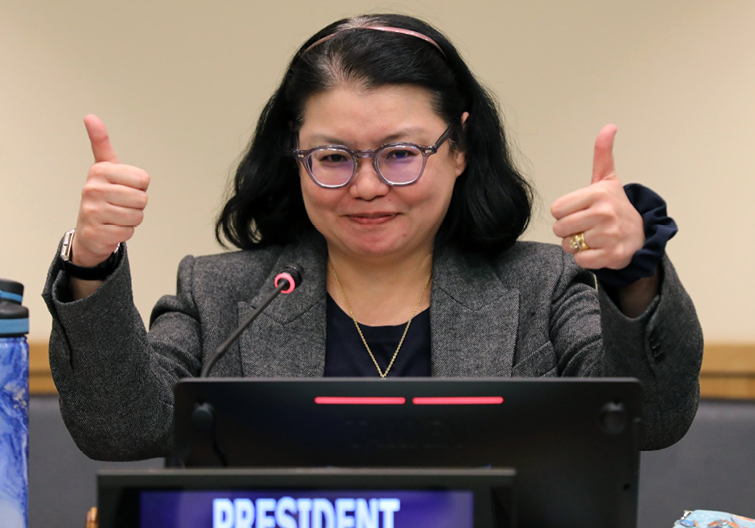Almost 200 United Nations countries have agreed to a legally binding pact to conserve and protect marine life in international waters, in a long-awaited move praised as a “monumental win for ocean conservation”.
The Biodiversity Beyond National Jurisdictions treaty (High Seas treaty) was signed late on Saturday night in New York after days of gruelling negotiations by UN member states, including Australia, but its framework has been under discussion for almost 20 years.
Conference chair Rena Lee of Singapore said “the ship has reached the shore” after the treaty passed following the final marathon overnight discussion, announcing the agreement to a standing ovation in the meeting room.
The historic treaty will provide a legal framework for establishing marine protected areas (MPAs) in the high seas, covering everything that lies 200 nautical miles (370 kilometres) beyond countries territorial waters and making up 60 per cent of the world’s oceans by surface area.
The Federal Minister for Environment and Water, Tanya Plibersek, said the treaty is an essential part of global efforts to protect 30 per cent of the world’s oceans by 2030 – a goal agreed to at the Montreal Biodiversity conference last year, where Australia led negotiations.
“Overnight there was a huge win for ocean conservation. Australia was a leader in making sure the Treaty of the High Seas was signed at the United Nations,” Plibersek said after the treaty was agreed to.
“Since coming to office the Albanese Government has been a leader on the world stage in ocean protection – from our role at the UN Oceans Conference last year to our strong leadership in seeing the high-ambition Global Biodiversity Framework signed in Montreal last December.
“Australia is proud to have joined with other nations in working tirelessly to achieve an ambitious oceans treaty. Our oceans need stronger environmental protections world-wide, and this will help to deliver that.”

There are no comprehensive regulations for the protections of marine line in this area, meaning activities on the high seas are often unregulated, leaving them more susceptible to exploitation than coastal waters.
According to the UN, the ocean generates 50 per cent of the oxygen we breathe and soaks up 25 per cent of all carbon dioxide emissions as the world’s largest “carbon sink”. UN Secretary-General António Guterres hailed the High Seas treaty as a “breakthrough” and a “victory for multilateralism”.
Authors writing in Marine Policy in December 2020 noted that only 1.2 per cent of the high seas have been designated as MPAs and only 0.8 per cent identified as “highly protected”.
The treaty will put in place a rigorous environmental impact assessment process, ensure the interests of Indigenous and local communities are recognised, and regulate the use of Marine Genetic Resources used in industries like biotechnology.
The agreement will be formally adopted at another session once it has been canvassed by solicitors and translated into the UN’s six official languages: Arabic, Chinese, English, French, Russian and Spanish.




